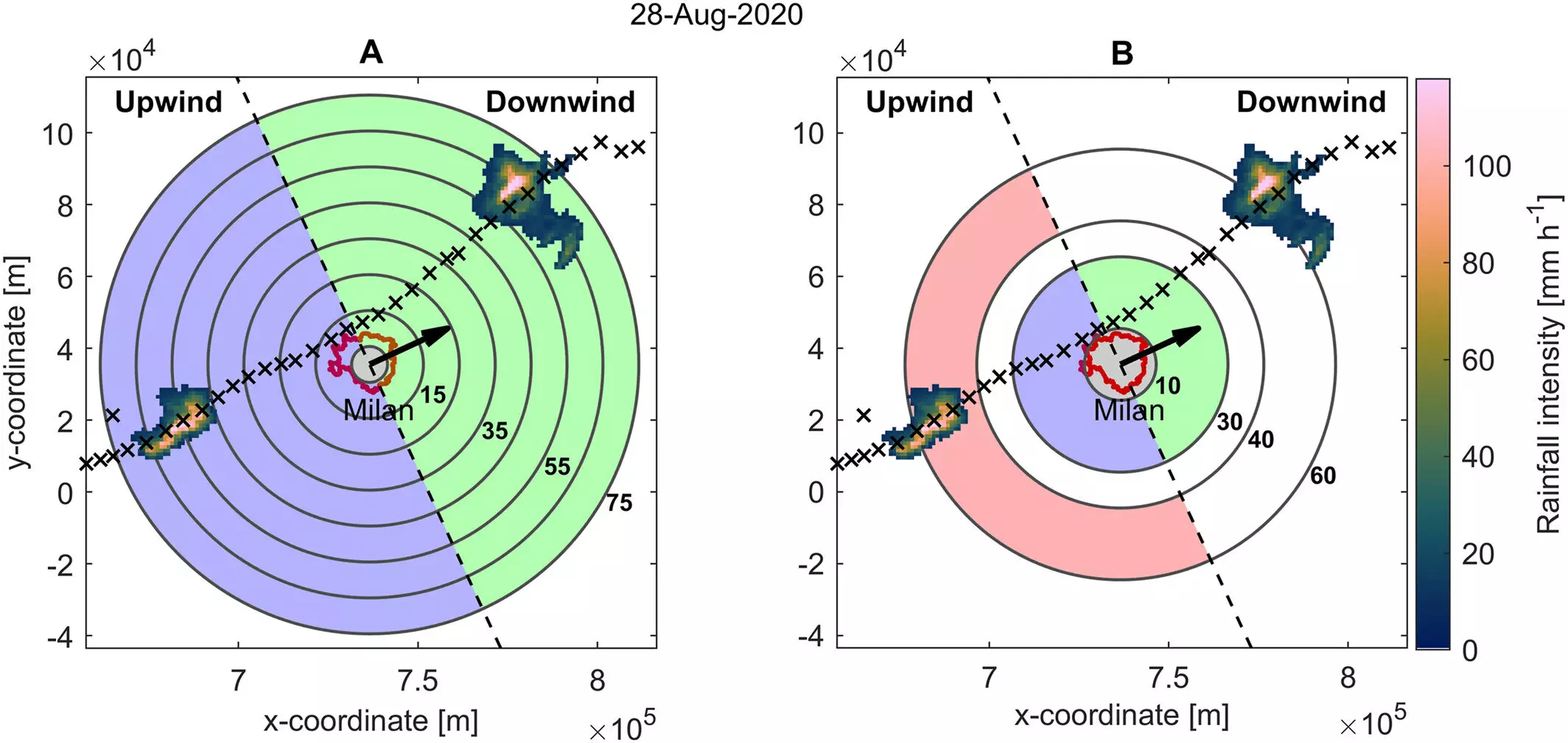Recent research has unveiled significant revelations regarding the interaction between urban environments and summer storms. Specifically, it has been noted that cities experience storms that are not only more frequent and intense than those in rural regions but also have a unique capacity to intensify rainfall. These findings are crucial as cities continue to expand, and as climate change continues to disrupt conventional weather patterns. The study draws on observations from multiple cities, suggesting that urban landscapes, particularly larger cities, are associated with heightened storm activity and concentrated rainfall.
Why Urban Areas are More Prone to Intense Storms
The lead author of the study, Herminia Torelló-Sentelles, an atmospheric scientist, highlights that urban centers tend to generate more storms due to a combination of geographical and climatic factors. Urban heat islands, formed by concrete and asphalt absorbing sunlight, contribute to localized heating that draws moist air upwards, leading to storm formation. Moreover, the structures inherent in cityscapes function similarly to mountain ranges—they induce air uplift, which is often a key factor in storm development. This creates a notable difference when compared to the cooler, vegetated surroundings typically found in rural areas.
It is essential to realize that storm behavior is not uniform; some storms can deliver rainfall in a concentrated manner, akin to a fire hose, rather than the more gentle, spread-out rainfall observed in other areas. The concentration of rainfall in urban regions results in a higher likelihood of urban flooding, particularly if drainage systems are overwhelmed.
Quantifying the flood risk in urban environments transcends merely understanding the amount of rainfall; it requires an analysis of the distribution of that rainfall across space. The study indicates that the largest urban centers have a significantly higher rainfall intensification compared to their smaller counterparts. Specifically, larger cities can see an intensification ranging from 5.2% to 11%, in contrast to smaller urban areas where the intensification is notably lower, at around 0.9% to 3.4%.
This trend underscores the need for city planners to develop sophisticated urban drainage systems that account for these concentrated bursts of rainfall. If urban infrastructure is not designed to handle such extreme weather patterns, the consequences can be disastrous, as drainage systems may fail, leading to localized flooding and the inundation of crucial urban infrastructure.
Various elements contribute to urban storm creation and intensification. While urbanization leads to higher temperatures, the presence of aerosol pollution can further complicate the relationship. Some studies suggest that pollutants can enhance rainfall by providing condensation nuclei, while others indicate that they may suppress precipitation. This duality of influence illustrates the complexity involved in predicting storm behavior in urban settings.
Moreover, the recent study utilized high-resolution weather data from a diverse range of cities, including Milan, Phoenix, and Atlanta, among others. This multi-city approach enables researchers to identify patterns and deviations in storm formation relative to surrounding rural areas and contributes to a broader understanding of urban meteorology.
Implications for Urban Planning and Climate Adaptation
As our cities expand and climate change persists as an omnipresent challenge, the implications of these findings for urban planning are profound. Each city exhibits unique characteristics that influence rainfall patterns and storm behavior, necessitating tailored strategies for adaptation and risk mitigation. For instance, while certain cities like Berlin may experience more dispersed rainfall, others like Atlanta show intensified storms during specific times of the day.
These nuances emphasize the critical need for localized research and strategic urban planning that reflects the distinct meteorological profiles of individual cities. Understanding how each urban environment modifies rainfall is crucial for creating adaptable infrastructure and emergency response strategies.
The combination of urban growth and climate change is poised to exacerbate the frequency and severity of urban flooding events. Therefore, ongoing research is essential to continually assess the impacts of urbanization on storm activity. By studying a wider variety of cities, researchers can begin to generalize their findings and identify which urban traits most significantly affect rainfall patterns.
As cities continue to evolve, so too must our understanding of their interactions with storms. Embracing this complexity through dedicated research and tailored urban planning strategies is imperative to ensure safe and resilient urban environments in an increasingly volatile climate.


Leave a Reply